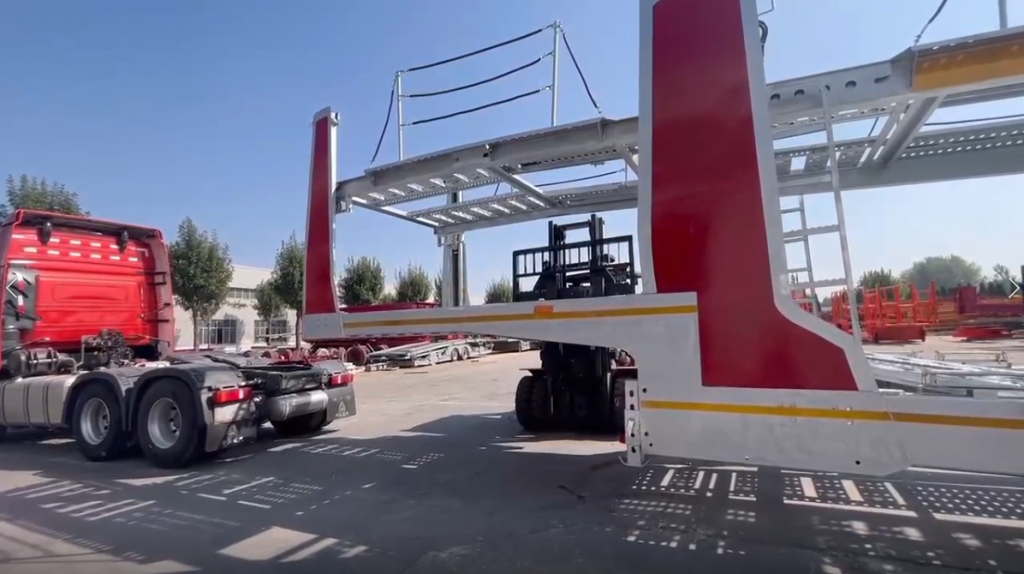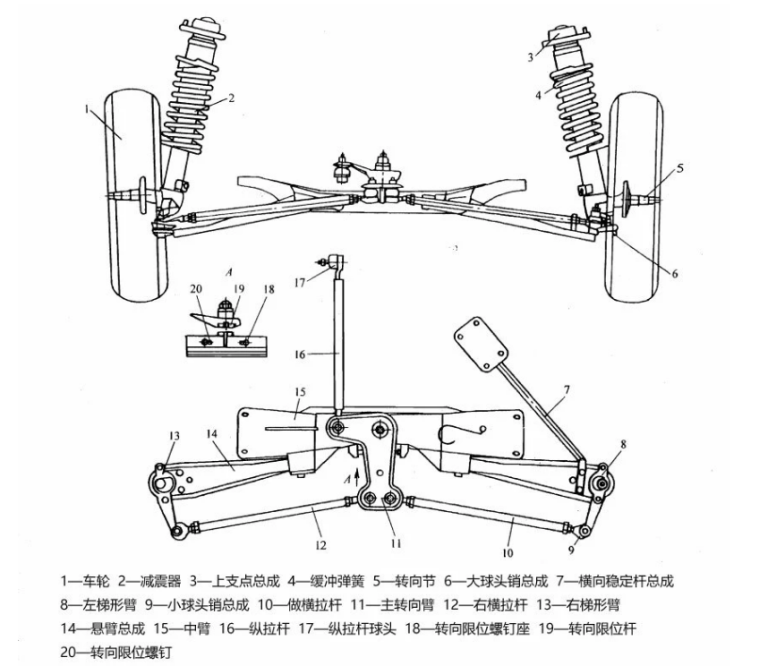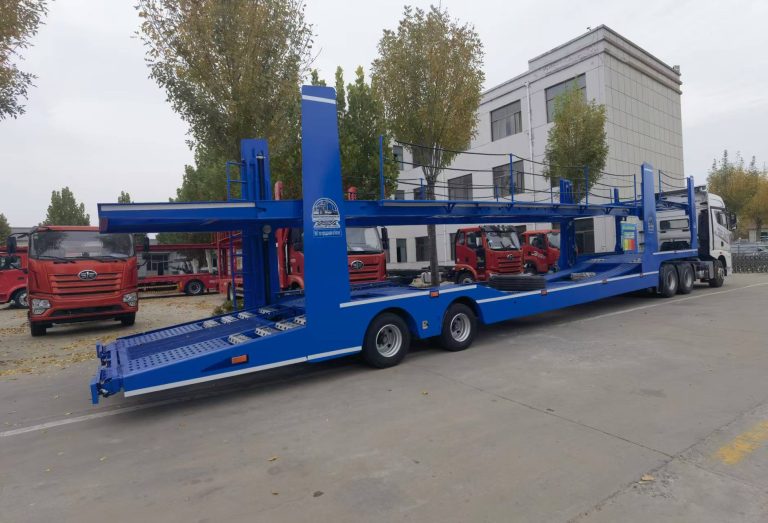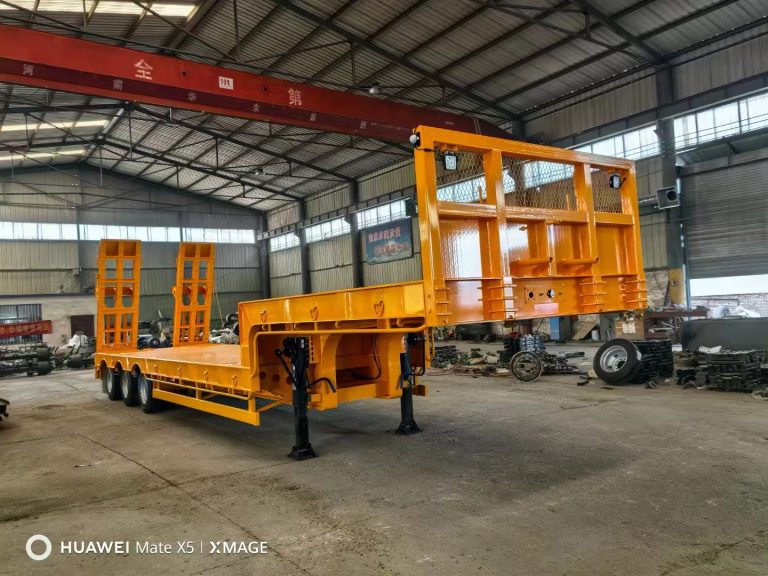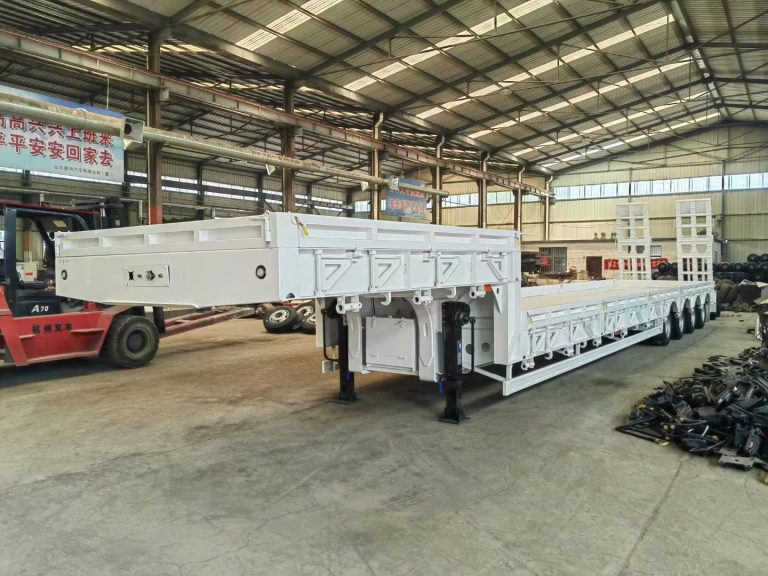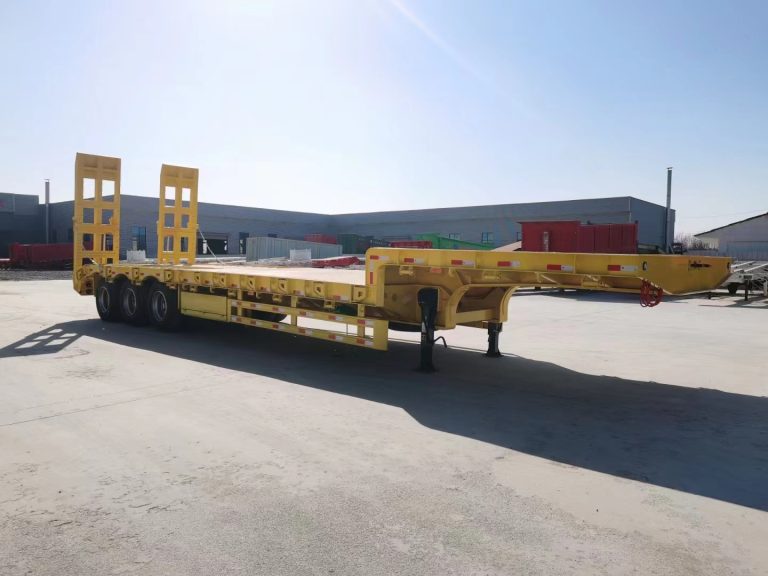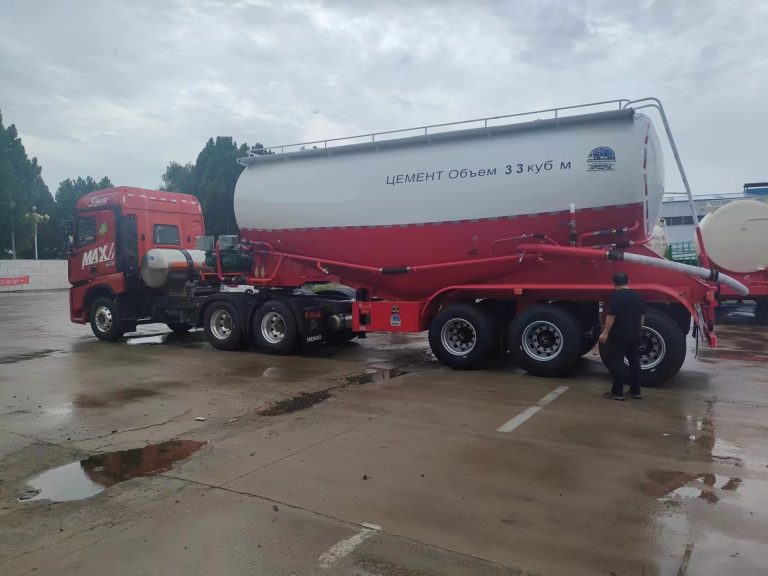Certainly! Here are the common connection methods between tractor trucks and trailers:
- Fifth Wheel Coupling: This is the most common connection method for semi-trailers. It involves a rotating disk known as the “fifth wheel” that allows the trailer to pivot freely behind the tractor, accommodating different turning radii.
- Pintle Hook Connection: This method uses a rigid connection where a pintle hook on the tractor is coupled with a drawbar eye on the trailer. It’s a simple and secure way to connect a trailer to a tractor.
- Ball and Socket Connection: Similar to the pintle hook, this method uses a ball on the tractor and a socket on the trailer to create a pivot point, allowing for easier maneuvering.
- Gooseneck Coupling: This is used for gooseneck trailers and involves a semi-permanent connection where the trailer’s kingpin fits into a slot on the tractor, often used for heavy-duty applications like carrying large equipment.
- Electrical Connection: Apart from the physical connection, an electrical connection is necessary to link the lighting and control systems of the Tractor And Trailer. This is often done through a multi-pin connector.
- Air Brake Connection: For the braking system to work effectively, an air line connection is required between the tractor and the trailer. This ensures that the brakes on the trailer are activated when the tractor’s brakes are applied.
- Safety Chains: While not a primary connection method, safety chains are used as a secondary safety measure to prevent the trailer from detaching from the tractor in case the primary coupling fails.
These connection methods ensure the stability and safety of the tractor-trailer combination, which is crucial for efficient and secure transportation in the logistics industry.
